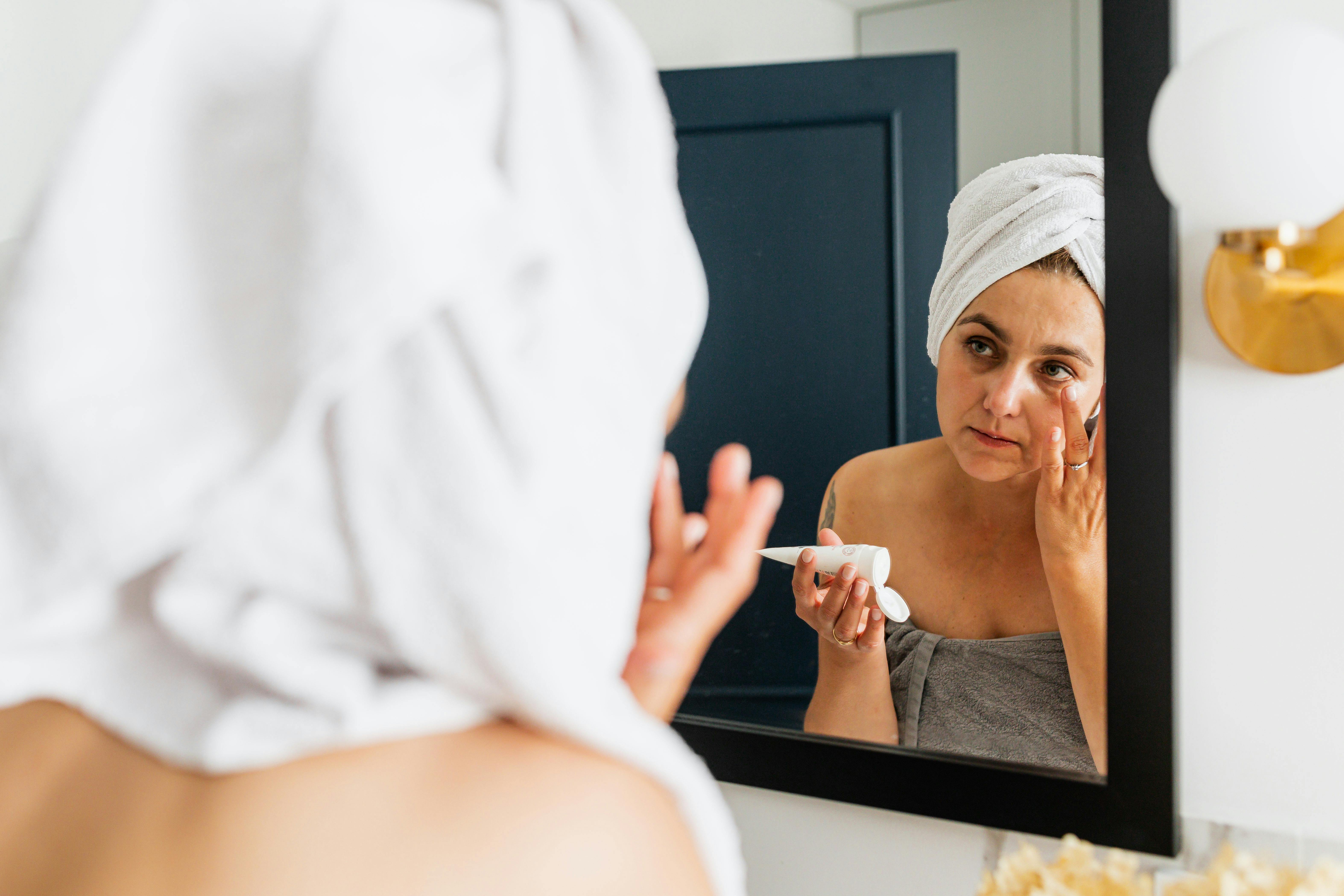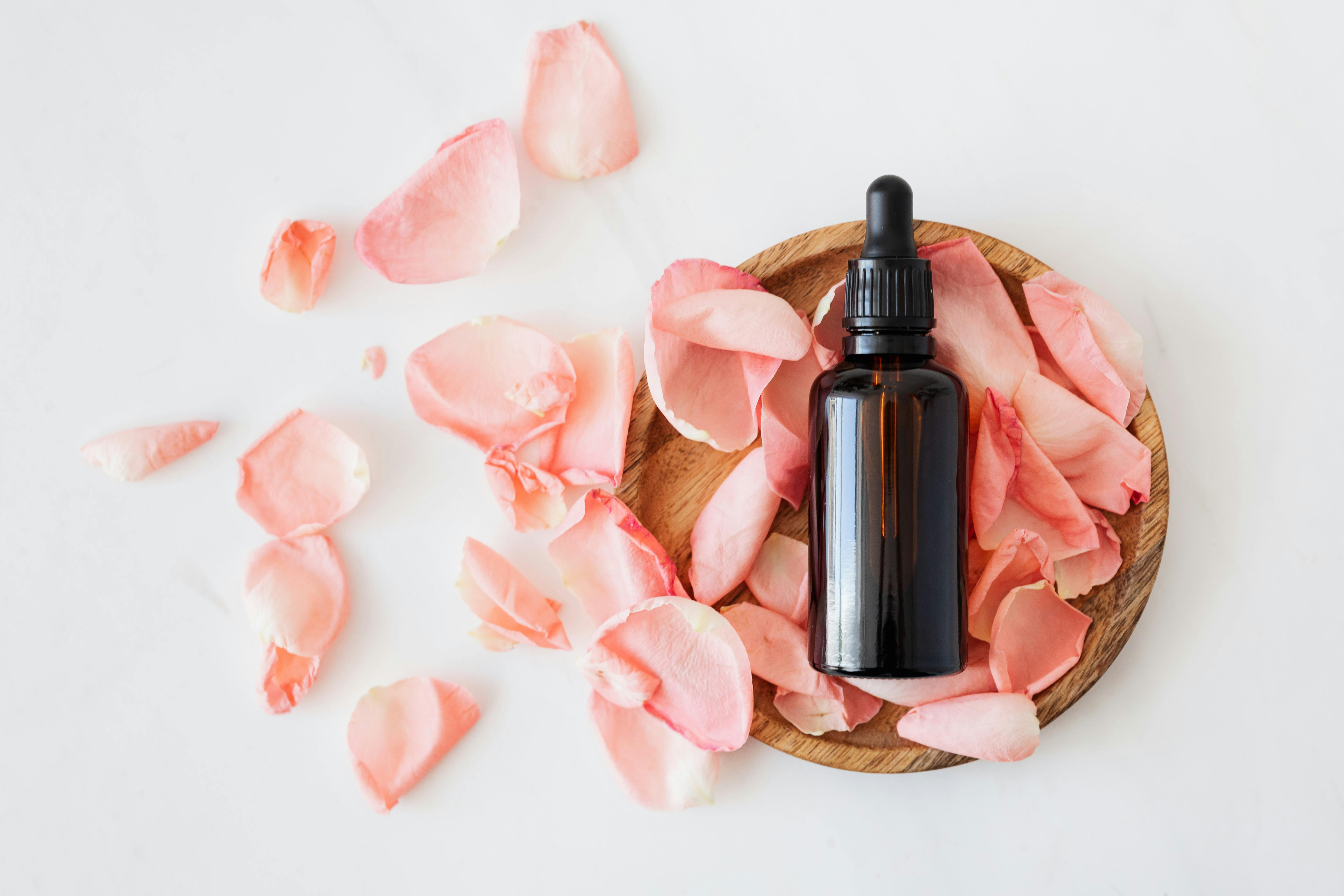Ceramides are a group of essential lipids (fats) that naturally occur in the skin and play a crucial role in maintaining the skin barrier and retaining moisture. They are a vital component of healthy skin, contributing to its hydration, strength, and overall appearance. Here’s a comprehensive guide to ceramides, including their benefits, how to use them, and what to mix and not to mix with them.
Benefits of Ceramides
Skin Barrier Function
- Strengthens Skin Barrier: Ceramides help to form the skin’s natural barrier, protecting it from environmental damage and preventing moisture loss.
- Reduces Sensitivity: A strong barrier reduces skin sensitivity and reactivity, making it more resilient to irritants and allergens.
Hydration
- Retains Moisture: Ceramides prevent transepidermal water loss (TEWL), keeping the skin hydrated and plump.
- Improves Skin Texture: Well-hydrated skin appears smoother and more even.
Anti-Aging
- Reduces Fine Lines and Wrinkles: By maintaining skin hydration and strength, ceramides help to reduce the appearance of fine lines and wrinkles.
- Promotes Firmness: Enhances skin elasticity and firmness, contributing to a more youthful appearance.
Soothing
- Calms Irritation: Ceramides can help to soothe and calm irritated skin, reducing redness and discomfort.
- Ideal for Sensitive Skin: Suitable for all skin types, including sensitive and eczema-prone skin.
How to Use Ceramides
Application
- Cleanse: Start with a gentle cleanser to remove makeup, dirt, and oil.
- Tone: Apply a toner to prep your skin and balance its pH.
- Serum: Use a ceramide serum or booster for targeted treatment.
- Moisturize: Follow with a ceramide-rich moisturizer to lock in hydration and reinforce the skin barrier.
- Sunscreen: In the morning, finish with a broad-spectrum sunscreen to protect against UV damage.
Product Recommendations
- CeraVe Moisturizing Cream: Contains essential ceramides and hyaluronic acid to restore and maintain the skin’s natural barrier.
- Dr. Jart+ Ceramidin Cream: A deeply hydrating moisturizer that strengthens the skin barrier with multiple ceramides.
- Elizabeth Arden Advanced Ceramide Capsules Daily Youth Restoring Serum: Encapsulated ceramides in a serum form to enhance skin barrier and hydration.
- Eucerin Advanced Repair Cream: Formulated with ceramides to provide long-lasting hydration and improve skin texture.
- La Roche-Posay Toleriane Double Repair Face Moisturizer: Contains ceramides and niacinamide to restore the skin barrier and soothe irritation.
- SkinCeuticals Triple Lipid Restore 2:4:2: Combines ceramides, cholesterol, and fatty acids to nourish and repair aging skin.
- Paula’s Choice Clinical Ceramide-Enriched Firming Moisturizer: Features five ceramides, retinol, and vitamin C to firm and hydrate the skin.
- First Aid Beauty Ultra Repair Cream: A rich moisturizer with ceramides to hydrate and soothe dry, distressed skin.
What to Mix with Ceramides
Compatible Ingredients
- Hyaluronic Acid
- Advantage: Provides deep hydration and works synergistically with ceramides to maintain moisture levels in the skin.
- Disadvantage: No significant disadvantages; hyaluronic acid complements ceramides well.
- Product Recommendation: The Ordinary Hyaluronic Acid 2% + B5 – A hydrating serum that works well with ceramide products.
- Niacinamide
- Advantage: Enhances the skin barrier function, reduces inflammation, and improves overall skin health.
- Disadvantage: No significant disadvantages; niacinamide is gentle and effective with ceramides.
- Product Recommendation: The Ordinary Niacinamide 10% + Zinc 1% – A serum that brightens and calms the skin while improving its barrier function.
- Fatty Acids and Cholesterol
- Advantage: Works together with ceramides to strengthen the skin barrier and retain moisture.
- Disadvantage: No significant disadvantages; these ingredients enhance the barrier-repairing properties of ceramides.
- Product Recommendation: SkinCeuticals Triple Lipid Restore 2:4:2 – Combines ceramides, cholesterol, and fatty acids to nourish and repair aging skin.
How to Apply
- Order: Apply ceramide serums or boosters after cleansing and toning, and before moisturizing.
- Layering: Allow each product to absorb fully before applying the next to maximize effectiveness.
What Not to Mix with Ceramides
Incompatible Ingredients
- Strong Acids (AHAs/BHAs)
- Disadvantage: Using strong acids with ceramides can potentially cause irritation and weaken the skin barrier.
- Recommendation: Use strong acids at different times of the day or on alternate days.
- Product Recommendation: Pixi Glow Tonic – An AHA toner that exfoliates and brightens the skin, used separately from ceramides.
- Retinoids
- Disadvantage: While ceramides can help to mitigate some irritation caused by retinoids, it’s best to introduce retinoids slowly to avoid overwhelming the skin.
- Recommendation: Use ceramides to support the skin barrier while using retinoids, but start with lower concentrations of retinoids.
- Product Recommendation: Neutrogena Rapid Wrinkle Repair Retinol Oil – A potent retinol treatment that improves skin texture and reduces signs of aging.
How to Apply
- Order: If you must use both (for different purposes), apply them at different times of the day or on alternate days to prevent irritation.
- Separation: Consider using strong acids and retinoids on different nights, or ceramides in your morning routine and acids/retinoids in your evening routine.
Advantages and Disadvantages of Mixing Ceramides
Advantages
- Enhanced Benefits: Mixing ceramides with compatible ingredients like hyaluronic acid and niacinamide can enhance hydration, reduce inflammation, and improve overall skin health.
- Comprehensive Care: Combining ceramides with other beneficial ingredients can provide a well-rounded skincare routine addressing multiple concerns.
Disadvantages
- Potential Irritation: Mixing ceramides with strong acids or other potent active ingredients can lead to increased irritation, redness, and dryness.
- Reduced Efficacy: Using ingredients with conflicting pH levels (like strong acids) can reduce the overall effectiveness of ceramides.
Conclusion
Ceramides are an essential component of any skincare routine, offering numerous benefits such as strengthening the skin barrier, maintaining hydration, and reducing signs of aging. Understanding how to properly use ceramides and what to mix and not to mix with them can help you maximize their benefits while minimizing potential side effects. For more personalized advice and product recommendations, explore our Skincare Essentials section or consult with a skincare professional.




